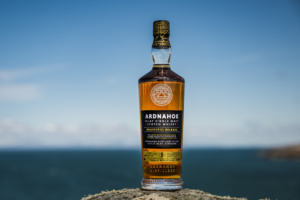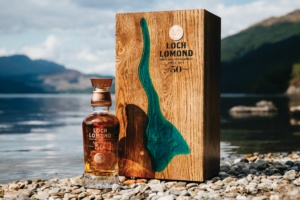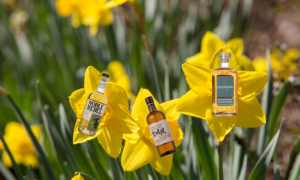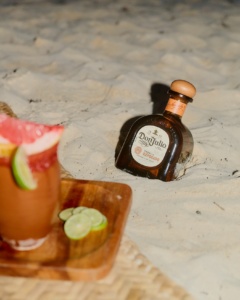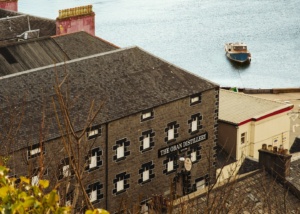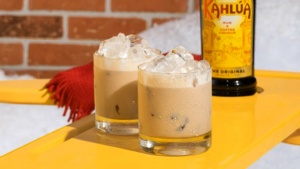Celebration Time

The Suntory name has become pretty much synonymous with Japanese whisky, in both Western and Asian markets. They were the pioneers and experimenters who developed into a vast corporation and this year celebrate their centenary of single malt whisky production, using the Scottish method of distillation.
Two individuals are most closely associated with this exceptional history. In the early 20th century, a pharmacist named Shinjiro Torii adapted his professional skills to the manufacture of alcoholic drinks; initially Akadama Port Wine, sold from his shop in Osaka. It became an instant success and provided the basis for future investment.
But it was whisky production along Scottish lines which fascinated Torii. While there had been small-scale efforts in Japan to produce an alcoholic drink that answered roughly to the name "whisky", Torii's ambition was far higher and to achieve it, he needed to understand what suits the Japanese palate through refining the skills rather than simply bringing Scotch to Japanese. In order to do so, it required advice from someone who had practical experience in the Scotch whisky-making process.
Fortuitously, he learned about the return to his native country of Masatake Taketsuru, whose family owned a sake distillery, and who came to Scotland in 1918 to study organic chemistry at Glasgow University. His interest was more in the practical than the academic and Taketsuru quickly transitioned to working in distilleries and learning the secrets of the trade at first hand - Longmorn distillery in Strathspey; James Calder's in Bo'ness; and then - after marrying Rita Cowan from Kirkintilloch - Hazelburn distillery in Campbeltown. By the end of 1920, the couple were back in Japan where Taketsuru's own plans to build a distillery foundered and, instead, the critical decade-long partnership with Torii began. By 1923, construction of the first Suntory distillery was underway at Yamazaki, close to Kyoto and six years later, the first release was on the market, Suntory Shirofudo (White Label).
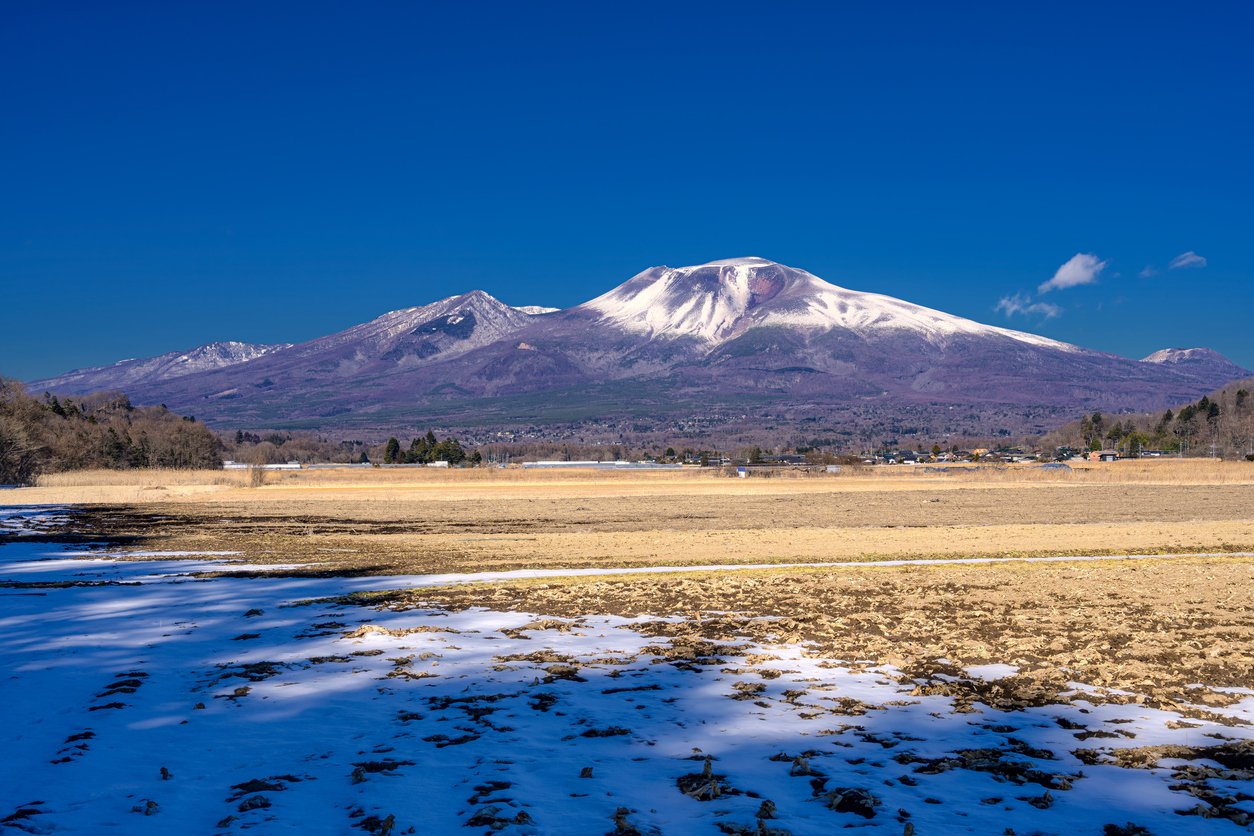
The two collaborators had their differences, not unknown in the whisky industry, arising from a difference in vision: Torii's vision was to create a new, subtler style of whisky inspired by Scotch, whereas Taketsuru preferred the heavier, smokier profile. By 1934, Taketsuru had departed to form his own company, Nikka, on the northern Japanese island of Hokkaido, the part of Japan most similar to Scotland's hills and glens. Nikka is still Japan's second most popular whisky brand.
Suntory has grown relentlessly over recent decades to become the world's third-biggest producer of alcoholic beverages, behind Diageo and Pernod Ricard.
Over the same period, Suntory led Japanese whisky into global markets, to compete in terms of both quality and quantity. The exports of Japanese whisky are to Asia Pacific markets with Europe and North America as the known brands have pushed their way out of Japanese bars and restaurants into wider awareness among discerning whisky drinkers.
In terms of quality recognition, however, reluctant, the final turning point came in 2003, when Yamazaki 12 Year Old became the first Japanese whisky to be awarded the gold medal at ISC, followed by being named "Distiller of the Year" in 2010 and 2014. Additionally, in 2015, Jim Murray's Whisky Bible ranked Yamazaki's Sherry Cask as the world's best whisky. That caused quite a flutter in the Scotch dovecot.

Since 2010, another Suntory expression, Hibiki 21 Year Old, has been named the world's best blend in the World Whisky Awards on six occasions.
France has acquired a particularly strong taste for Japanese whisky and the country accounts for two-thirds of imports into Europe. Imogen Bankier, who heads up The Whisky Shop in Paris, said: "Demand for Japanese whisky in France, and particularly Paris, has been strong for around a decade and doesn't seem to be slowing down. In our boutique The Whisky Shop Paris, this is largely driven by the international clientele, but we have discovered that French customers have also developed a taste for whiskies they see as being lighter and more approachable than traditional Scotch.
"The collectability of Suntory whiskies, paired with plenty of media exposure, means that our challenge is getting enough stock to satisfy the demands of our customers. Luckily, we have nurtured a strong relationship with House of Suntory who support us and in turn, we activate their brand regularly both in-store and online."
It is difficult to believe now that, as the Japanese economy forged ahead in the 1950s and '60s, they were looked down on as mere copiers of products rather than as innovators. As far as whisky was concerned, this way neatly reflected in a song from Andy Stewart's repertoire (he fronted the BBC White Heather Club, for the benefit of younger readers). Andy's song about "Donald Dhu, the Man who First made Whisky" included the stanzas: "The Japanese are really great, the things that they can imitate; but something they can't recreate is good old Highland whisky".
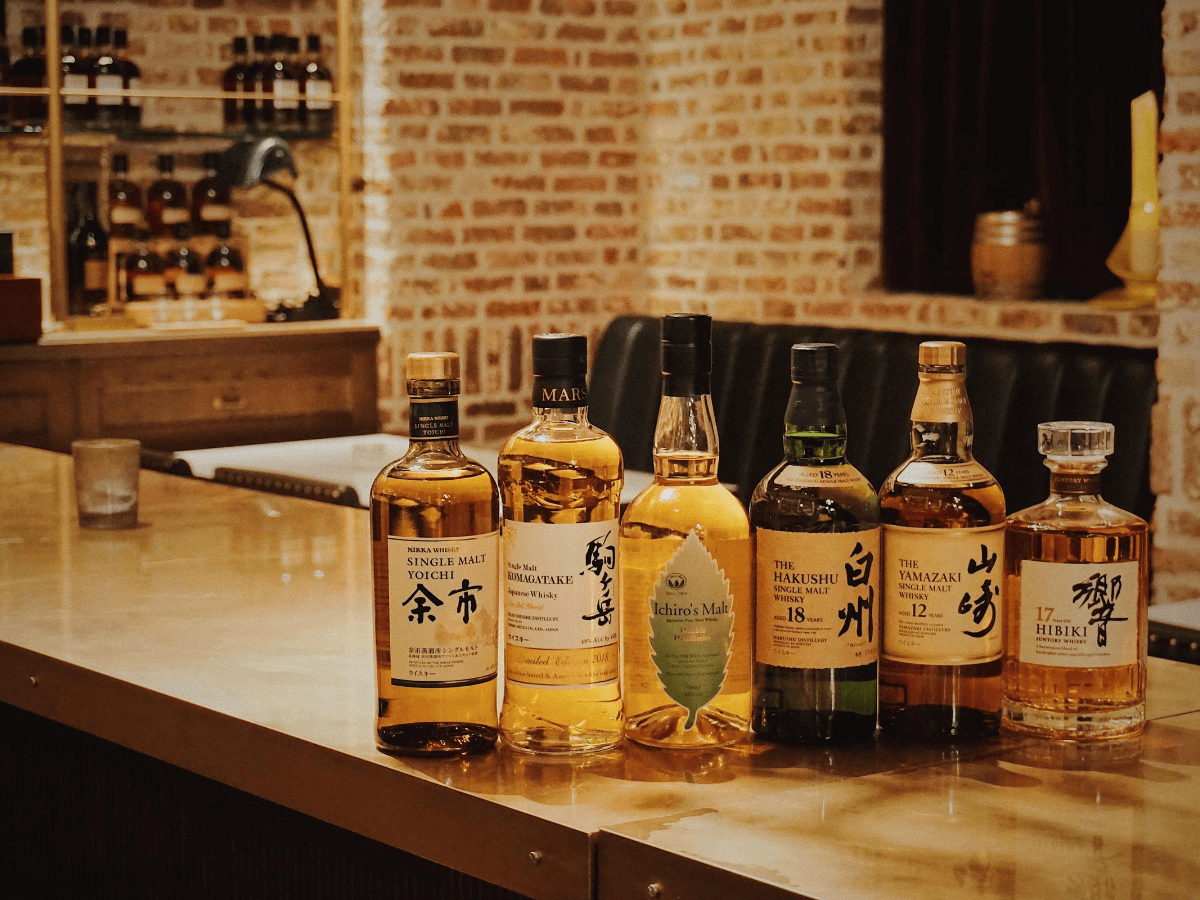
Whatever the truth in other industries, any assumption they were mere imitators touched the raw nerves of Japan's whisky makers. Decades ago, I visited the former Suntory headquarters in Osaka to write about the rise of Japanese whisky as a serious competitor to Scotch. As always in Japan, I was courteously received and up to a point they were very open about ambitions for the business and pride in what they had achieved.
They were also anxious to correct what they saw as the misrepresentation that Japan had copied in order to exploit a market Scotch had created. It was they who had built the market for whisky prior to the Second World War, and it was only then, the taste for whisky having been developed by Japanese producers, that the Scotch whisky moguls moved in. The Andy Stewart version would not have been a big hit in Japan.
Around that time, bulk exports of Scotch whisky to Japan were a huge issue in Scotland with those responsible accused of betraying the native industry by allowing the Japanese to enhance the quality of their own product. It is certainly true that bulk imports helped many Japanese producers to do exactly that - which was good business for some Scottish distillers and did no long-term harm to the onward march of Scotch itself, as the statistics confirm.
Indeed, looking at present-day numbers, it is curious how opposition to bulk exports has been replaced with a largely unspoken acceptance that they form a substantial, legitimate part of the whisky trade, accounting for around one-eighth of all Scotch whisky exports. In some markets, it is much higher than that - including Japan, where almost two-thirds of our whisky exports are still in bulk. However, whilst many beloved Japanese whiskies exported Scotch, Suntory is proud to point out that all their exported whisky brands exclusively contain whisky made in their three Japanese distilleries.
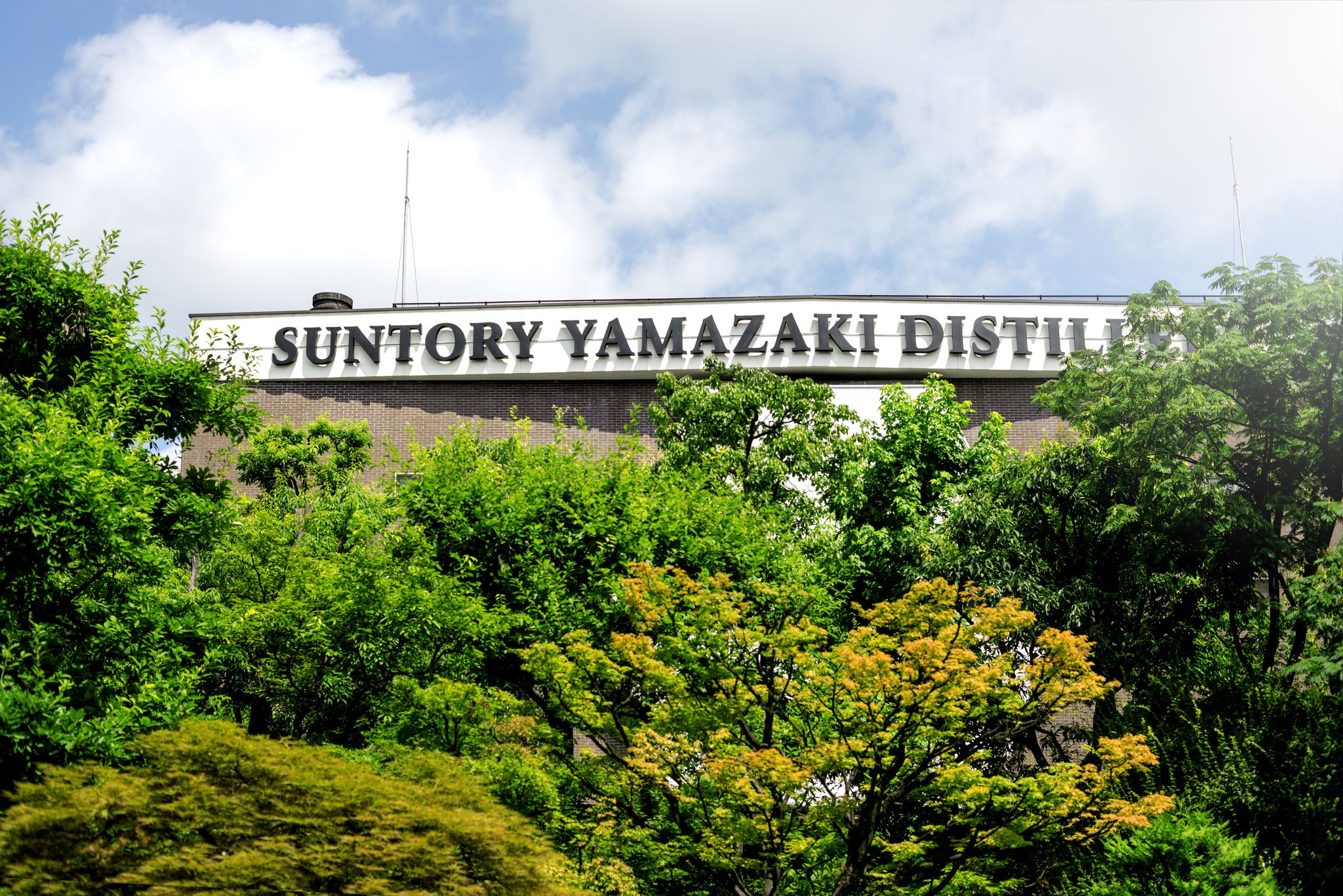
The figure for India is even higher. A report for the SWA by the Fraser of Allander Institute in 2021 found that: "bulk Scotch represented 84 per cent of export volume to India and 48 per cent of export value... Around 31 per cent of the bulk Scotch is directly bottled in India, while the remainder is mixed with Indian whisky."
It's all a far cry from the controversy which surrounded early bulk exports to Japan. For anyone who puts liquid across his or her throat, it would be difficult to escape the extraordinary reach of Suntory and its 329 subsidiaries worldwide, even if you stick to soft drinks. Lucoxade, Orangina, Ribena... Then there are beers, wines, and every form of spirits - but whisky is still the mainstay of the business.
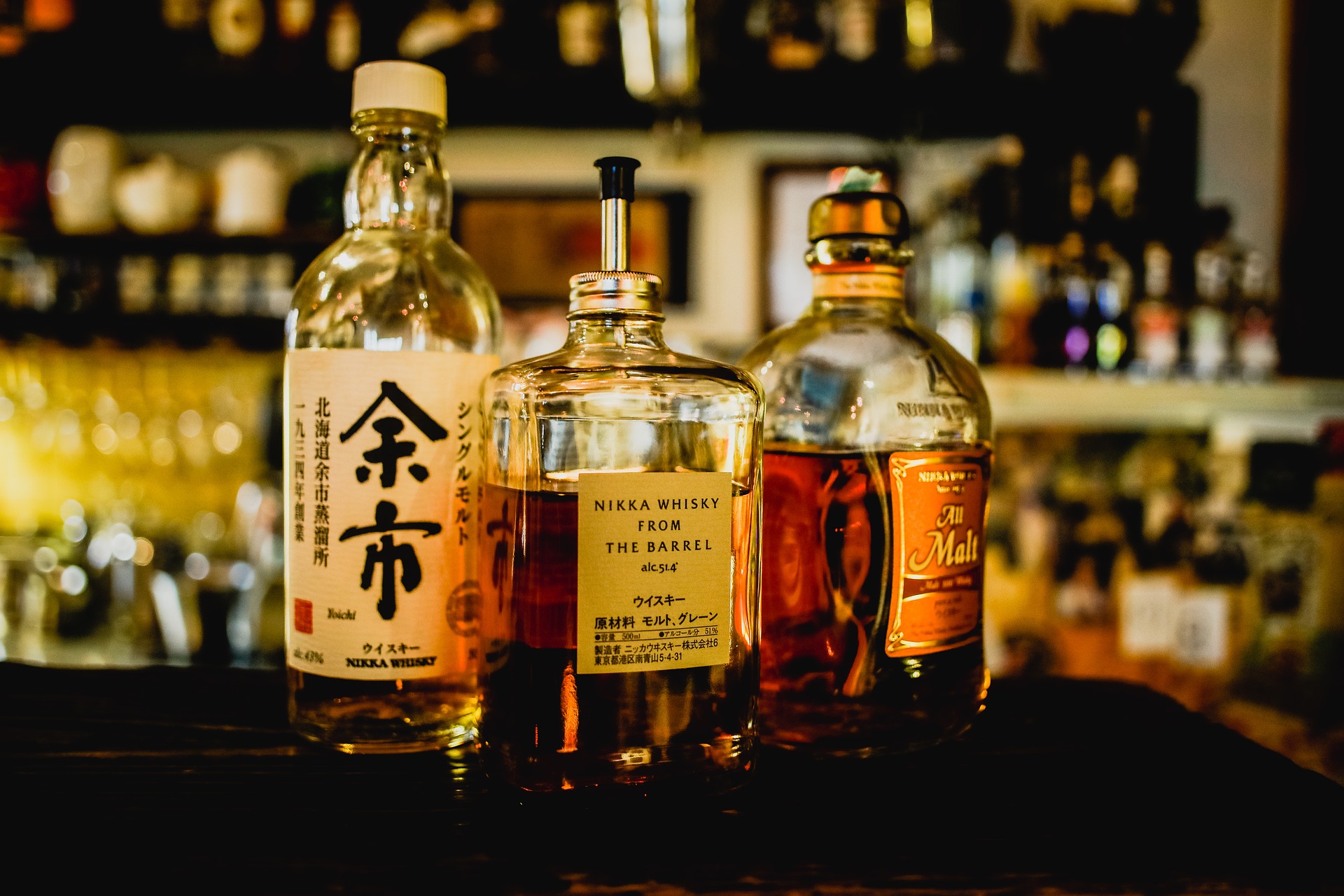
The Suntory stable now owns a substantial chunk of Scotland's whisky industry. They have Bowmore and Laphroaig on Islay as well as Glen Garioch, Auchentoshan and Ardmore, the Aberdeenshire distillery built a century ago to supply the Teachers blend, now also part of the Suntory stable.
The Japanese pupils of the 1920s have become, you might say, the Teachers of the 21st century!
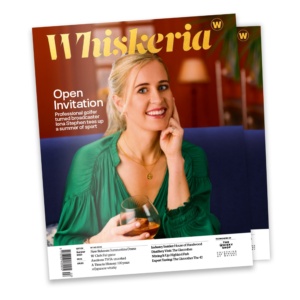
The original feature is from the Summer 2023 edition of Whiskeria, delivered to the door of W Club subscribers and also free with any Whisky Shop purchase in-store or online.
 4.7/5 with 10,000+ reviews
4.7/5 with 10,000+ reviews
